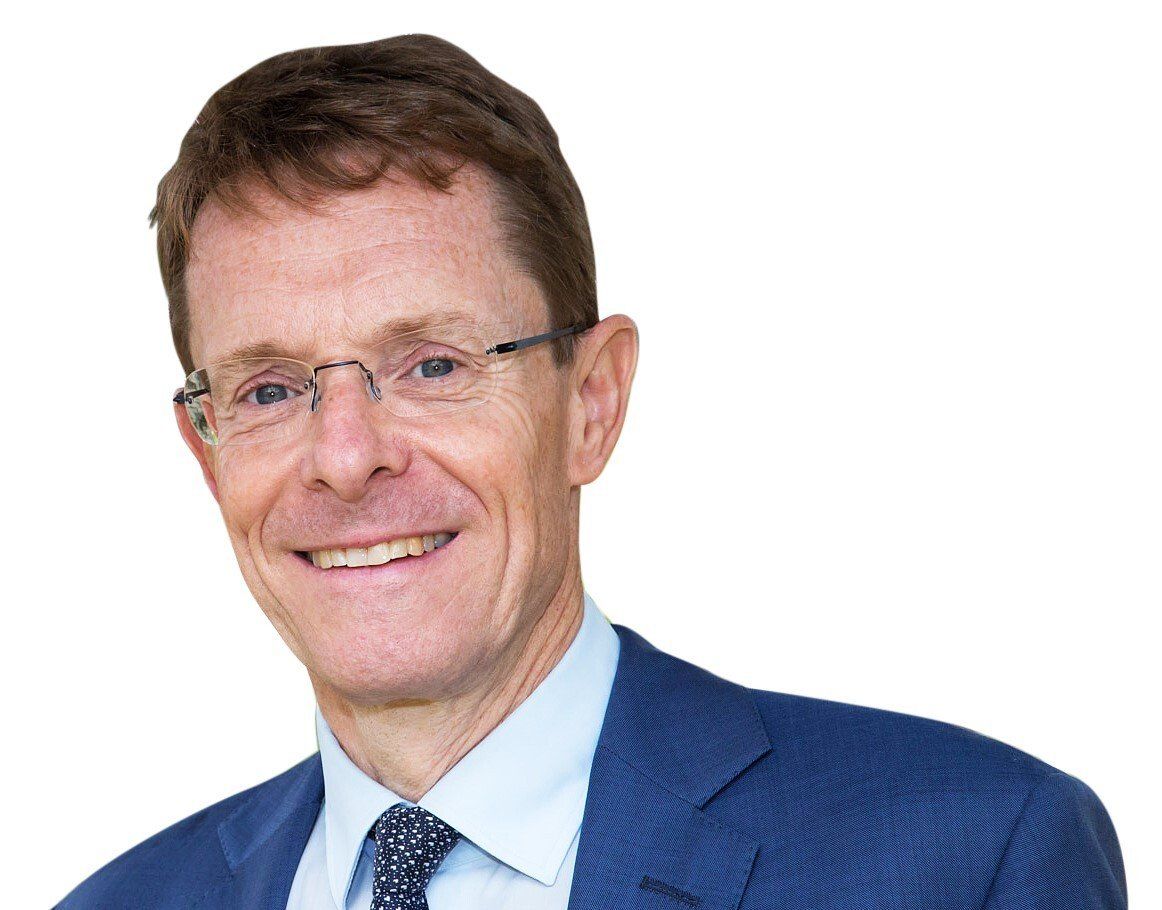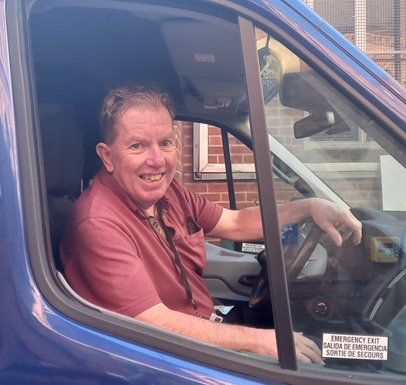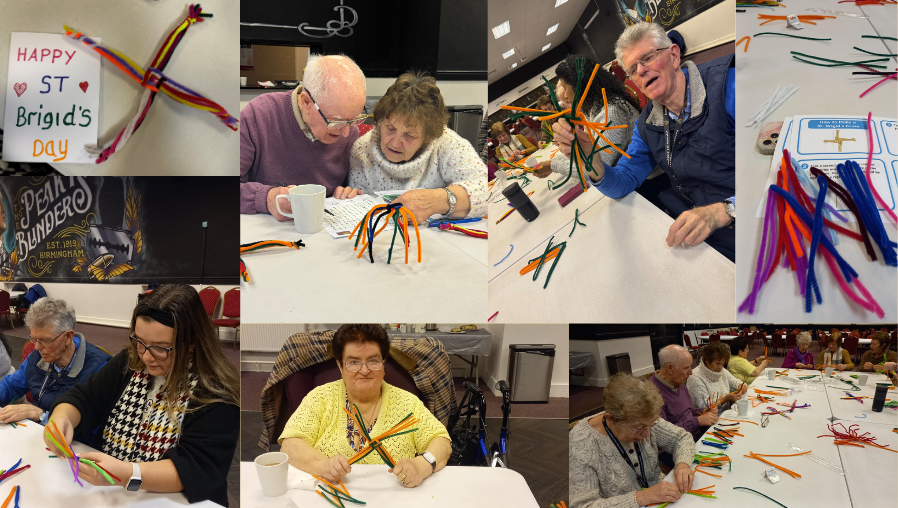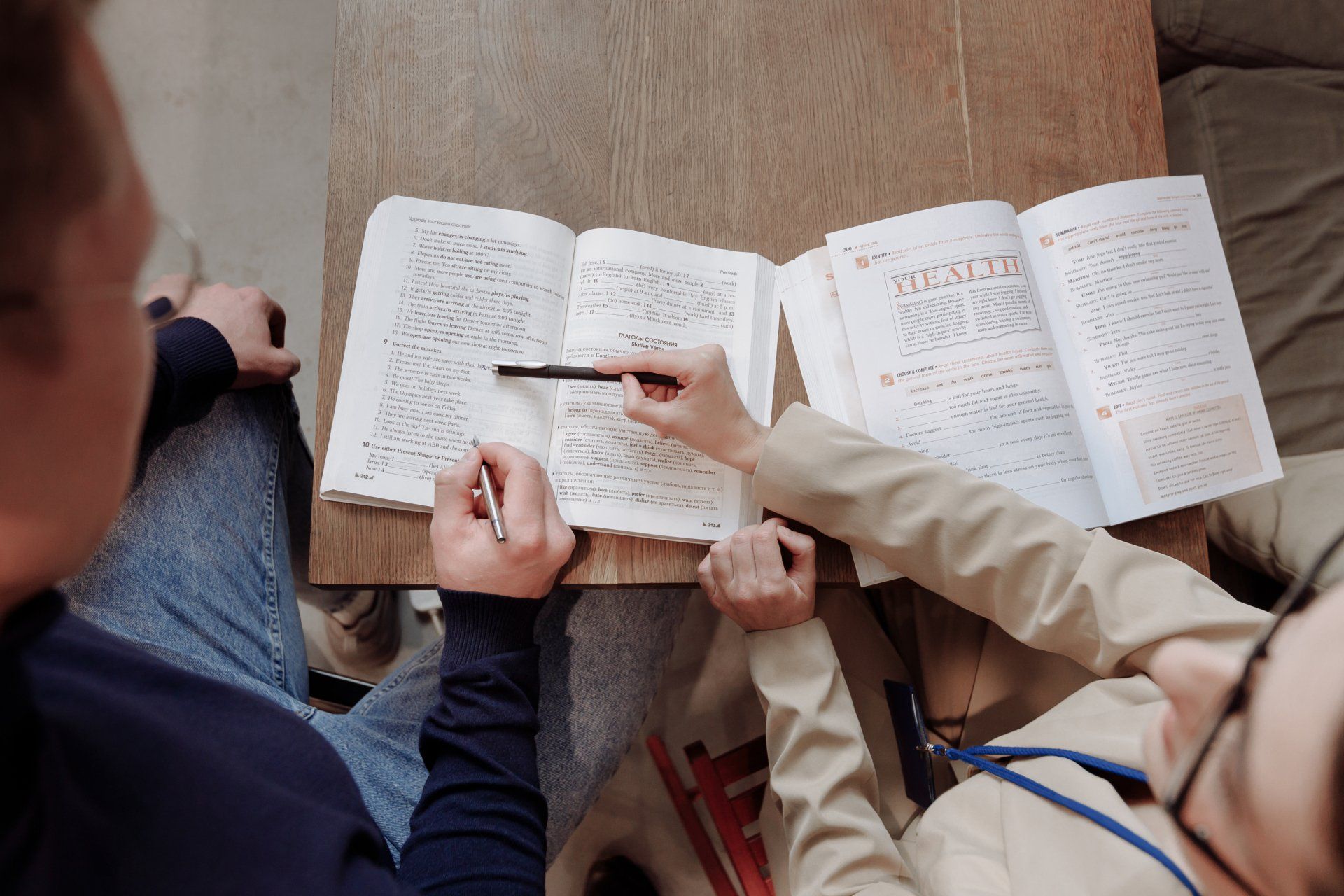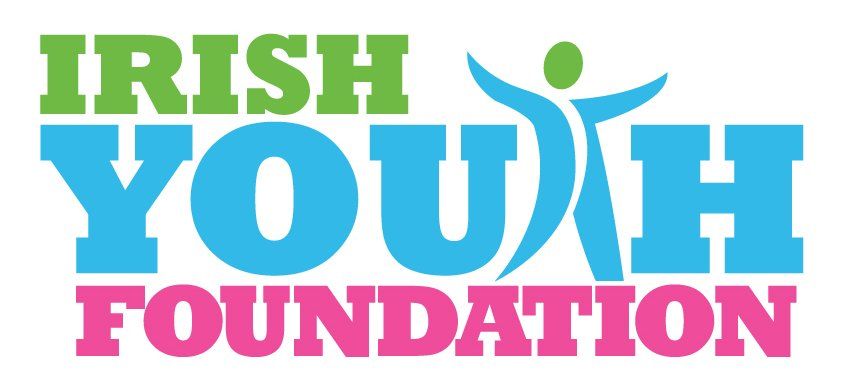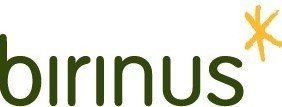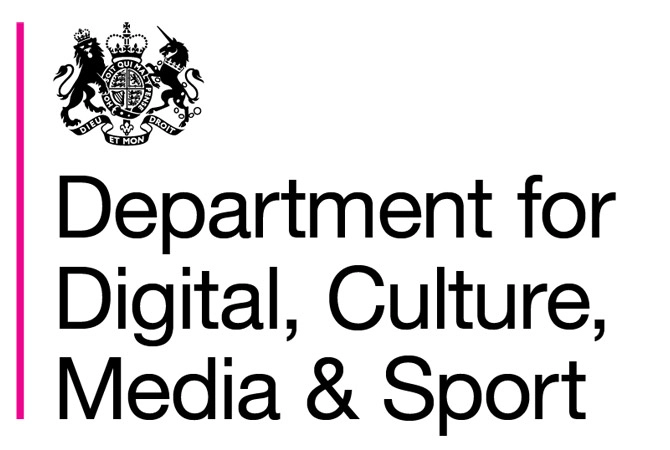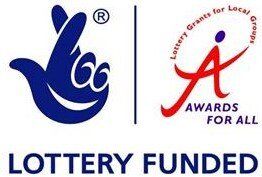Andy Street: Our canals continue to deliver the goods
Great cities have their rivers or coastlines – think London, Paris, Sydney, San Francisco. Here in the landlocked West Midlands, we have our canals. These canals, of course, are intrinsically linked with the Irish community. Many Irish people moved to Birmingham to build canals, roads and railways in the city's industrial past.
As the arteries of the Industrial Revolution, they once shaped our region, its geography, its economy, and its people. Today, they reflect the renewal of the West Midlands, contributing to business and culture while providing valuable open spaces that inspire communities and volunteers.
In this column I want to explain how our region is utilising this vast network to help navigate a way to a greener future.
Birmingham, it’s often said, has more canals than Venice. The Canal and River Trust do a fantastic job of acting as guardian to the more than 520 miles of canal in the West Midlands, the oldest parts of which date back more than 250 years.
However today they are far from the blackened old waterways of the Peaky Blinders. Visitors to Birmingham are often impressed by Brindley Place, with its restaurants, bars and businesses set around tree-lined squares and an enviable canal side location.
This city centre showpiece, first regenerated more than 20 years ago, continues to develop, and can now look forward to benefiting from improvements being made to adjacent Broad Street, perhaps Birmingham’s most dynamic entertainment destination.
It’s a model that has been repeated across the region, at places like Coventry Canal Basin and most recently with Walsall’s Waterfront, which includes sustainable homes, a hotel, a multi-screen cinema, café bars and restaurants.
Regenerating these places follows a core principle behind the renewal of the West Midlands – recognising that the remnants of our industrial past as a valuable resource that should be utilised.
My ‘Brownfield First’ policy, for example, has attracted hundreds of millions of pounds of Government funding to reclaim former industrial land for housebuilding, rejuvenating eyesore sites while helping protect the green belt from developers.
Our canals are playing their part in this, providing waterside development sites across the region. In Birmingham, Port Loop is a 43-acre ‘island community’ of 1,150 new homes surrounded by canals, which is just 15 mins from the city centre. In Wolverhampton, the £65 million first phase of the proposed Canal side South plan will create 366 homes – but the full vision hopes to build a mixture of 1,200 townhouses and apartments, forming a self-contained, low-carbon village.
This is just the start. A development framework is being drawn up covering a huge stretch of Birmingham and Sandwell’s historic canal district, reaching from Brum to Smethwick, which could deliver 4,000 new homes, with an emphasis on providing regeneration benefits to the existing community.
Amid all this development, heritage is being respected. At one end of the district stands the Roundhouse, a stunning 19th century canal-side stables and stores which I recently visited. Brought back to life thanks to a unique partnership between the Canal & River Trust and the National Trust, the Roundhouse provides office space and a base from which people can explore the city.
From a health point of view, canals provide invaluable access to open space. Up to two million people in the West Midlands live within a kilometre of the waterways. Just over half of Birmingham's population are within walking distance of their local canal.
I have no doubt that the regeneration of our canals has played a major part in the huge increase in ‘active travel’ here – that is journeys made in healthy ways, such as by walking or cycling. 46% of journeys here are now ‘active’, up from 29% before the pandemic. Our scenic, safe and convenient network of towpaths is persuading us to get out of our cars.
These waterways also channel culture into our communities. Over the last year, they have played a major part in Coventry’s City of Culture green future programme, which focussed on nature and the benefits of green space. The Canal & River Trust is also supporting the Commonwealth Games, including leading on the GEN22 youth volunteering programme, taking up to 100 young people who may not always have access to traditional volunteering.
They’ll be joining a huge army of volunteers who are the real driving force behind the successful regeneration of our canal network. Across the whole region, community groups are ensuring these historic waterways remain relevant; by adopting stretches of towpath and creating community gardens.
I recently met Canal and River Trust volunteers in Birmingham on a litter pick – as they helped us prepare for the Commonwealth Games. And this is not a rarity – in the year before the pandemic over 160,000 hours of time were given by local people to help look after their waterways.
The Trust’s volunteers are even helping to create one of the longest ever community orchards by planting fruit trees along the canal network. Once planted, the 3,000 trees will span 50 miles from Wolverhampton to Birmingham and out to Worcester.
In the West Midlands, we have shown that our once neglected canals can be a driver for levelling-up, boosting economic regeneration, providing well-connected sites for business and attractive locations for new housing. As valuable open spaces, they also contribute to the cultural wellbeing of our communities.
Centuries after they were built by Irish hands, the continue to contribute. The West Midlands’ canals are no longer just remnants of our industrial past, they are a route to a greener, more sustainable future. Where they once carried coal and components to our factories, now they provide prime developments sites, economic activity, and valuable open spaces. By investing in them, we can ensure they can continue to deliver the goods.
Welcome to another Birmingham Irish Association news update
We publish news and project updates keeping you up to date with details regarding our services and events, as well as other local developments and other news that will be of interest to our clients as well as other visitors.

